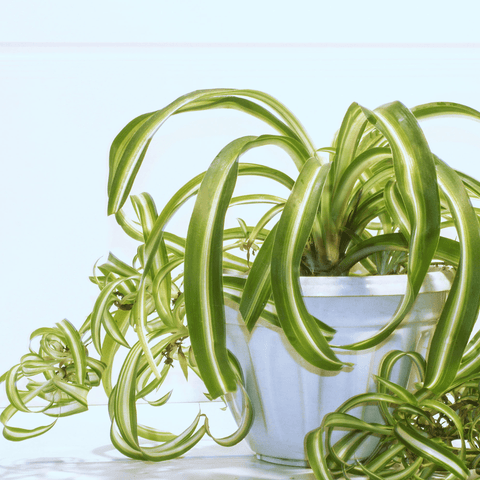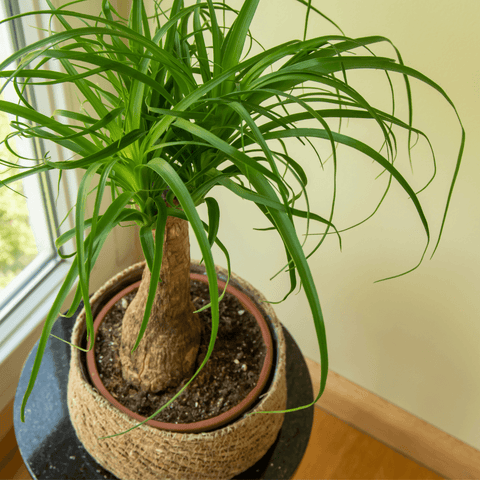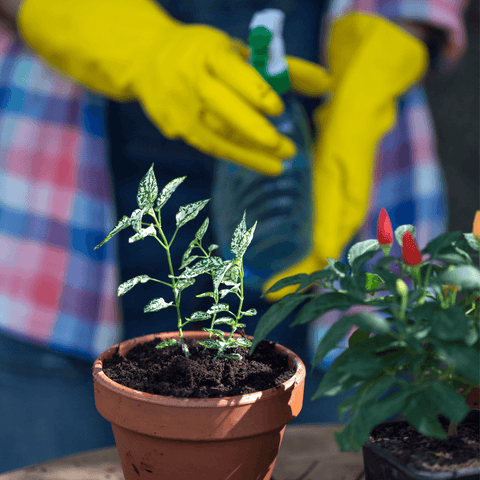Spider plants, also known as Chlorophytum comosum, are among the most popular houseplants due to their ease of care and ability to thrive in various environments. These plants are native to South Africa and are named for their long, thin leaves that resemble spider legs. This blog post will explore how to care for a spider plant to ensure it thrives in your home.
- Light Requirements Spider plants require bright, indirect sunlight to thrive. Too much direct sunlight can cause the leaves to burn, while too little light can result in stunted growth. Place your spider plant near a north or east-facing window to provide adequate light.
- Watering Spider plants prefer to be kept slightly moist but not soaked wet. Water your spider plant once a week during the growing season and less frequently during winter when growth slows down. Allow the soil to dry slightly between waterings, as overwatering can lead to root rot.
- Soil and Fertilizer Spider plants prefer a well-draining soil mix rich in organic matter. You can use a standard potting mix or create your own mix by combining equal parts peat moss, vermiculite, and perlite. Fertilize your spider plant once a month during the growing season with a balanced, water-soluble fertilizer.
- Temperature and Humidity Spider plants prefer temperatures between 60-75°F (15-24°C). They can tolerate a range of humidity levels but prefer slightly higher humidity. You can increase humidity by misting your spider plant with water, placing a tray of water near the plant, or grouping it with other plants.
- Pruning and Propagation Spider plants can become extensive over time and may require occasional pruning to keep them neat. You can also propagate your spider plant by dividing the plant at the rootball and replanting the split sections in fresh soil.
In conclusion, spider plants are easy-to-care-for houseplants that can thrive in various environments. Following these simple care tips ensures that your spider plant grows and thrives in your home for years.





Comments (0)
There are no comments for this article. Be the first one to leave a message!